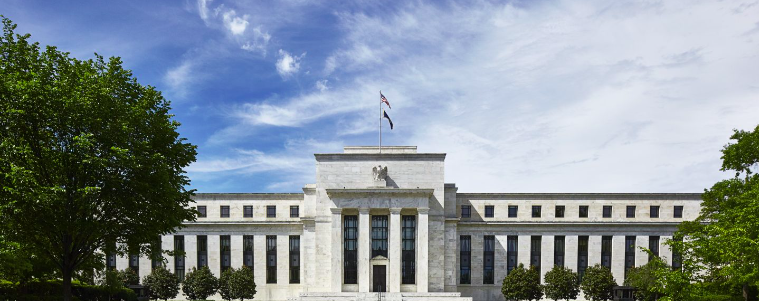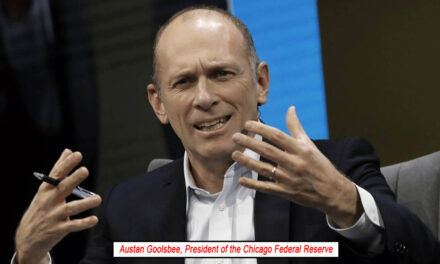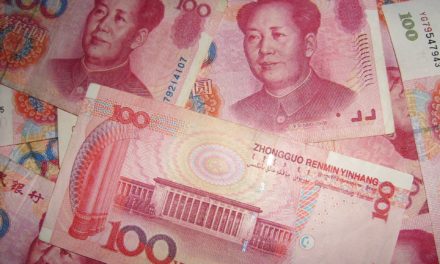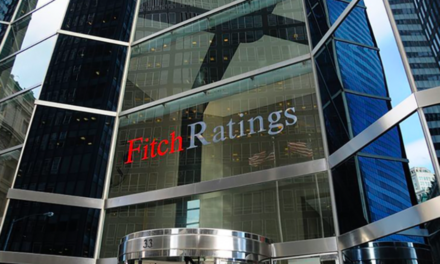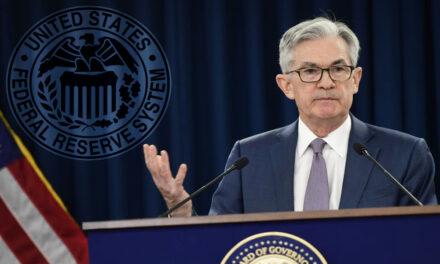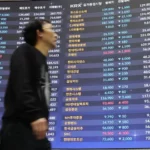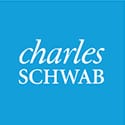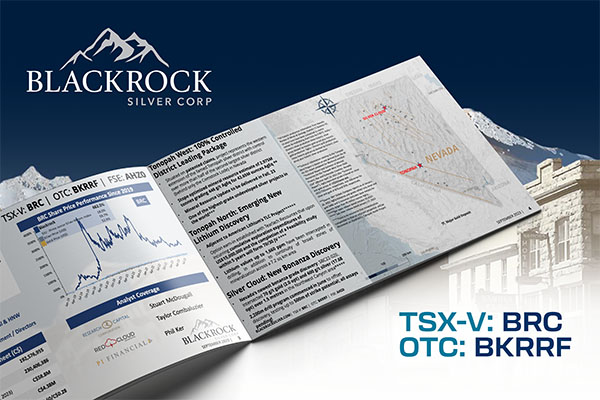It could be that inflation in the United States is finally slowing down, if the most recent action on the Personal Consumption Expenditure (PCE) index is anything to go on about.
Long seen by the Federal Reserve as a key metric for gauging inflation, the PCE grew at its slowest since November 2020. Core PCE went up by just 0.1% in August of this year, lower by 0.2% than its July figure and its lowest since Q4-2020. This specific metric excludes food and energy consumption, two highly volatile categories.
The PCE index itself grew by 3.5% year-over-year last month, down by 3.4% from July and well within the expectations of economists and investment analysts. Core PCE, on the other hand, ended August at 3.9%, significantly lower than the 4.1% recorded in July.
According to Mark Zandy, analytics chief economist for Moody’s, this is as good as it gets for now. Despite not driving inflation back within the Fed’s target 2% range, the way the PCE is growing speaks well for the US economy in the coming months.
A Quicker Fall
In its Summary of Economic Projections (SEP) released on Wednesday, September 27th, the Fed expressed hopes to see core PCE drop at a faster rate than that forecast at the beginning of this year.
Based on the most recent SEP, it is expected that core inflation will peak lower towards the end of this year, hitting a high of 3.7% which is 0.2% lower than the 3.9% foreseen last June. Come next year, core inflation will sink down to 2.6%, and even lower to 2.3% in 2025.
But Fed chair Jerome Powell was quick to remind the economic community that it is still possible for the agency to impose another interest rate hike before the year ends, explaining that a rise in core PCE and other factors may still come into play. The agency is also monitoring any possible developments that could hinder the cooling of inflation.

